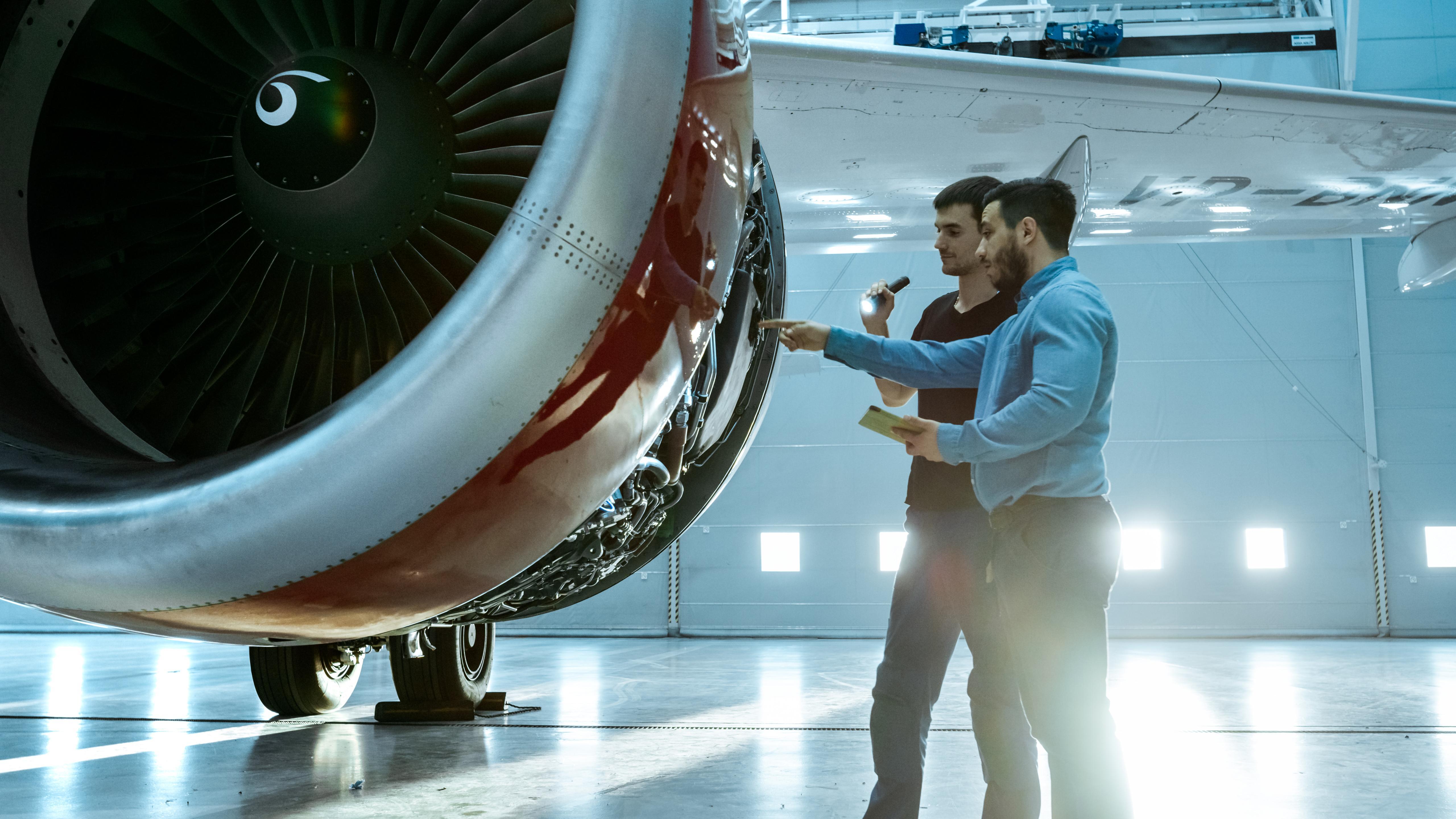
Carriers and shops have been innovating for a while in new tools for recruiting and training mechanics to avoid looming shortage of these highly skilled workers.
These efforts will undoubtedly continue during the current recovery. But companies must not ignore the most traditional method of attracting needed employees: better compensation.
And that could be tricky. Real median weekly wages for U.S. aircraft mechanics plummeted nearly 8% in 2020, after increasing about 1% annually since 2000. As hourly pay actually increased in 2020, the drop was apparently due to a decline in hours per week, prompted by reduced flying.
In 2020, the median U.S. mechanic was paid about $1,164 a week, before taxes, versus nearly $1,260 weekly the previous year, according to the Labor Department.
Both figures are sharply up from the $742 weekly wage in 2000, but general inflation, measured by the personal consumption expenditure deflator, eliminated some of those gains.
Prior to the COVID crash, the industry seemed to be making progress in the compensation that would be necessary to attract a sufficient supply of young mechanics.
Real median wages jumped nearly 10% from 2018 to 2019, and increases averaged 4% annually from 2016 through 2019. These were years when real wages for many U.S. blue-collar workers generally did quite well, and mechanics did even better.
One potential source of new mechanics has apparently not been tapped successfully, at least in the past. Female mechanics and avionics technicians have bounced around at 3-5% of the workforce for the past 20 years, nearing the top of that range in the boom years of 2018 and 2019, but finishing at 3% in the crash of 2020.
Another striking pattern in the Labor Department data is that the whole count of U.S. mechanics and avionics technicians has grown barely at all since 2000, standing at around 160,000 at the beginning of the millennium and at about the same level in 2020. The Department may not be counting all mechanics, but its coverage should at least be consistent and thus any undercount also consistent.
What explains this stable count, given aviation’s substantial growth from 2000 through early 2020? More efficient maintenance, less maintenance-intensive jets, outsourcing and especially outsourcing to foreign repair shops, are the most likely causes.
And one implication of this employment stability is that U.S. airlines may not have to attract dramatically higher numbers of mechanics as they recover from the pandemic. They mostly must replace the mechanics, especially the most experienced ones, who leave the industry due to crises or normal attrition.
But even that modest goal will likely require a strong bounce-back from the wage reductions of 2020. At the very least, mechanics, veterans or new recruits, will have to be compensated for the sharp rise in living costs now rolling through the U.S.






Comments